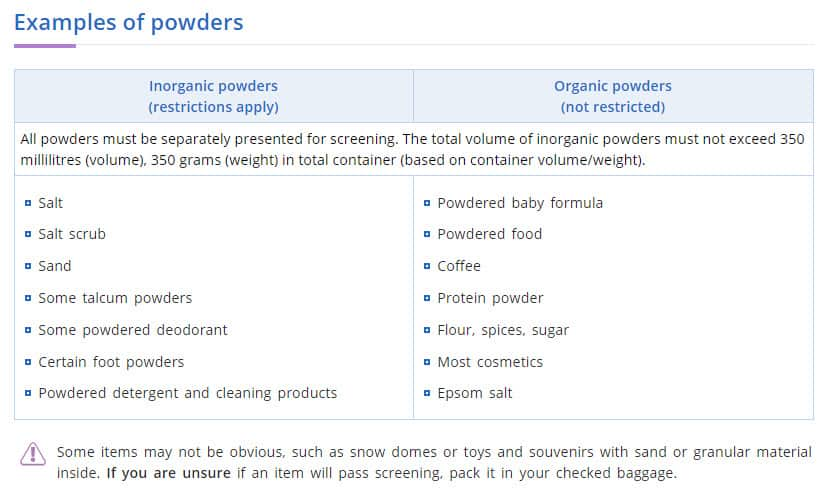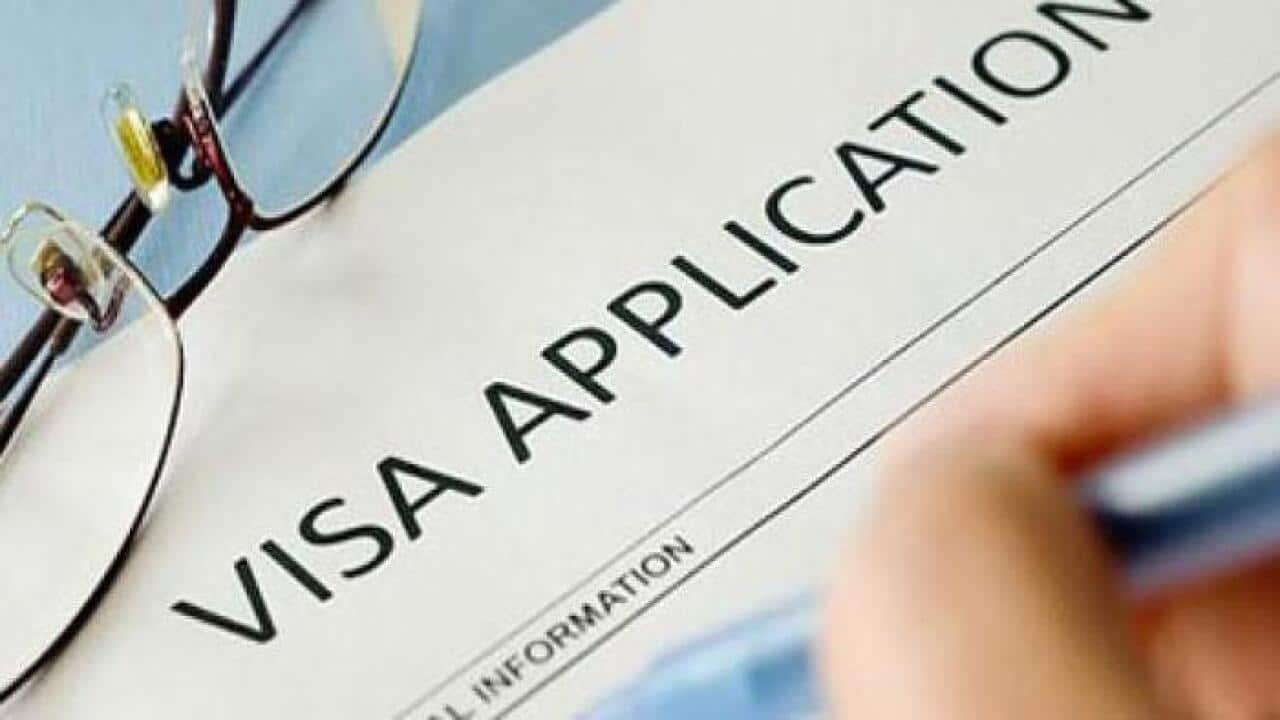Any passenger, who boards a flight in Australia, is required to present the liquids, aerosols, gels or electronic gadgets they are carrying in their carry-on bags.
But from June 30th 2018, people travelling internationally will be required to present all powders in their carry-on baggage separately for screening.
Flights within Australia are not subject to restrictions on how much powder, liquids, aerosols and gels you can carry on board.
However, if you are travelling domestically, but departing from an international terminal (for example, Terminal 1 in Sydney or Terminal 2 in Melbourne—your boarding ticket will confirm if you are departing from an international terminal), you are subject to powder, liquids, aerosols and gels restrictions.
“At the screening point all powders in your carry-on baggage must be separately presented for screening,” the government website said.
“There is no limit on organic powders, such as food and powdered baby formula.
“However, there are quantity restrictions on the amount of inorganic powder that can be carried, such as salt, talcum powder and sand.
“Inorganic powders must be in containers of 350 millilitres (volume), 350 grams (weight) or less per person,” it says.
What are powders, liquids, aerosols and gels?
Powders, liquids, aerosols and gels are:
Liquid—a substance that is liquid when at room temperature.
Aerosol—a substance kept in a container under pressure.
Gel—a jelly-like substance.
Powder—fine dry particles produced by the grinding, crushing, or disintegration of a solid substance (for example, flour, sugar, ground coffee, spices, powdered milk, baby formula or cosmetics). Follow SBS Hindi on FACEBOOK and TWITTER
Follow SBS Hindi on FACEBOOK and TWITTER

List of items that you can and cannot take on board Source: The Department of Infrastructure and Regional Development



